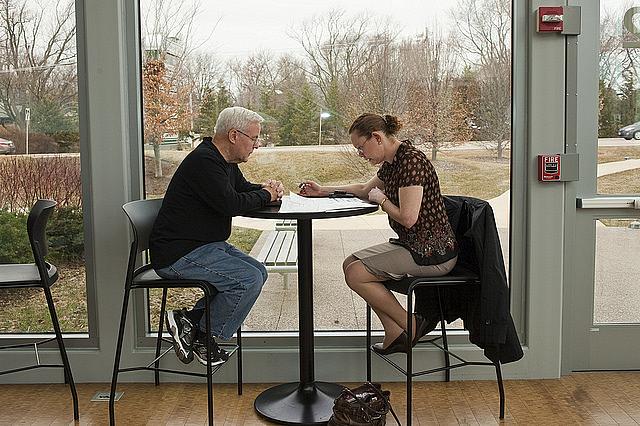Many dual eligibles see care interrupted in cost savings experiment

One of the most overlooked stories in the rollout of the Affordable Care Act is an experiment to rein in Medicare and Medicaid costs by pushing millions of poor and disabled beneficiaries into coordinated plans.
By July the federal government had finalized memorandums of understanding with 12 states to start the demonstrations, which will initially affect 1.5 million so-called dual eligible beneficiaries. By far the largest participating state is California, which hopes to enroll 450,000 residents in eight counties, including 200,000 in Los Angeles County. If the demonstrations are deemed successful, all dual eligibles in the country will be enrolled in the plans.
But problems are cropping up in the California program. The targets receive blue packets informing them that they are being enrolled in Medicaid (Medi-Cal in California) managed care plans. If they want to keep their current Medicare fee-for-service doctor, they must proactively opt out.
For many thousands of cognitively impaired and/or nursing home residents, that has proven problematic. Care can be suddenly interrupted as they are moved from one provider to another, with a bureaucratic maze to negotiate to get care restored. This, in a population that a UCLA study described as “so physically, mentally and socially vulnerable that they could not withstand even temporary gaps in care.”
The initial announcement of the plan to consolidate the dual eligibles was relatively well reported a year or two ago. Much of the coverage stressed state and federal government vows to add dental and transportation benefits, and improved health care and social service coordination to help people stay out of hospitals and nursing homes.
The implementation has not attracted as much attention, perhaps because the people most impacted by it are least able to speak up for themselves.
In California, five counties are enrolling dual eligibles: Los Angeles, San Bernardino, Riverside, San Diego, and San Mateo. Orange, Alameda and Santa Clara are due to follow.
Here are links to three recent stories that illuminate some of the issues, and some additional links to government sites, advocacy groups, and third-party studies.
Stories:
Mixed Bag So Far for Duals Program: Some Glad, Some Livid, Most Confused
San Gabriel Valley beneficiaries face language and cultural barriers in Cal MediConnect roll out
Medi-Cal experiment is failing most vulnerable patients
Government:
California Department of Health Care Service
Advocacy groups:
National Senior Citizens Law Center
Neighborhood Legal Services of LA County
Third party studies:
Kaiser Family Foundation: Financial and Administrative Alignment Demonstrations for Dual Eligible Beneficiaries Compared: States with Memoranda of Understanding Approved by CMS
UCLA Center for Health Policy Research: Smooth Landing?: How California Can Ensure Continuity of Care for Vulnerable Seniors Transitioning to Managed Care
The SCAN Foundation: California's Coordinated Care Initiative: August 2014 Update
Photo by COD Newsroom via Flickr.
